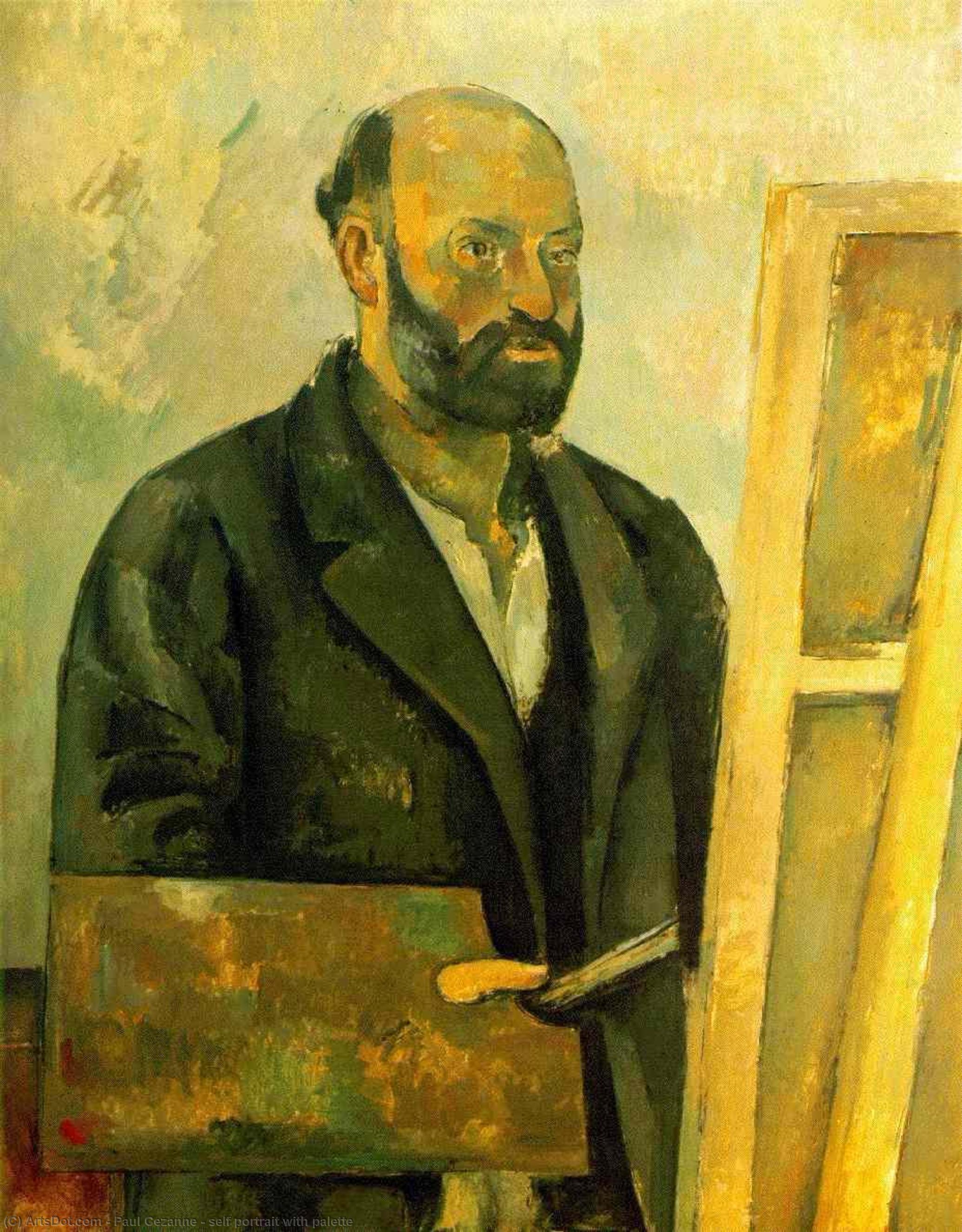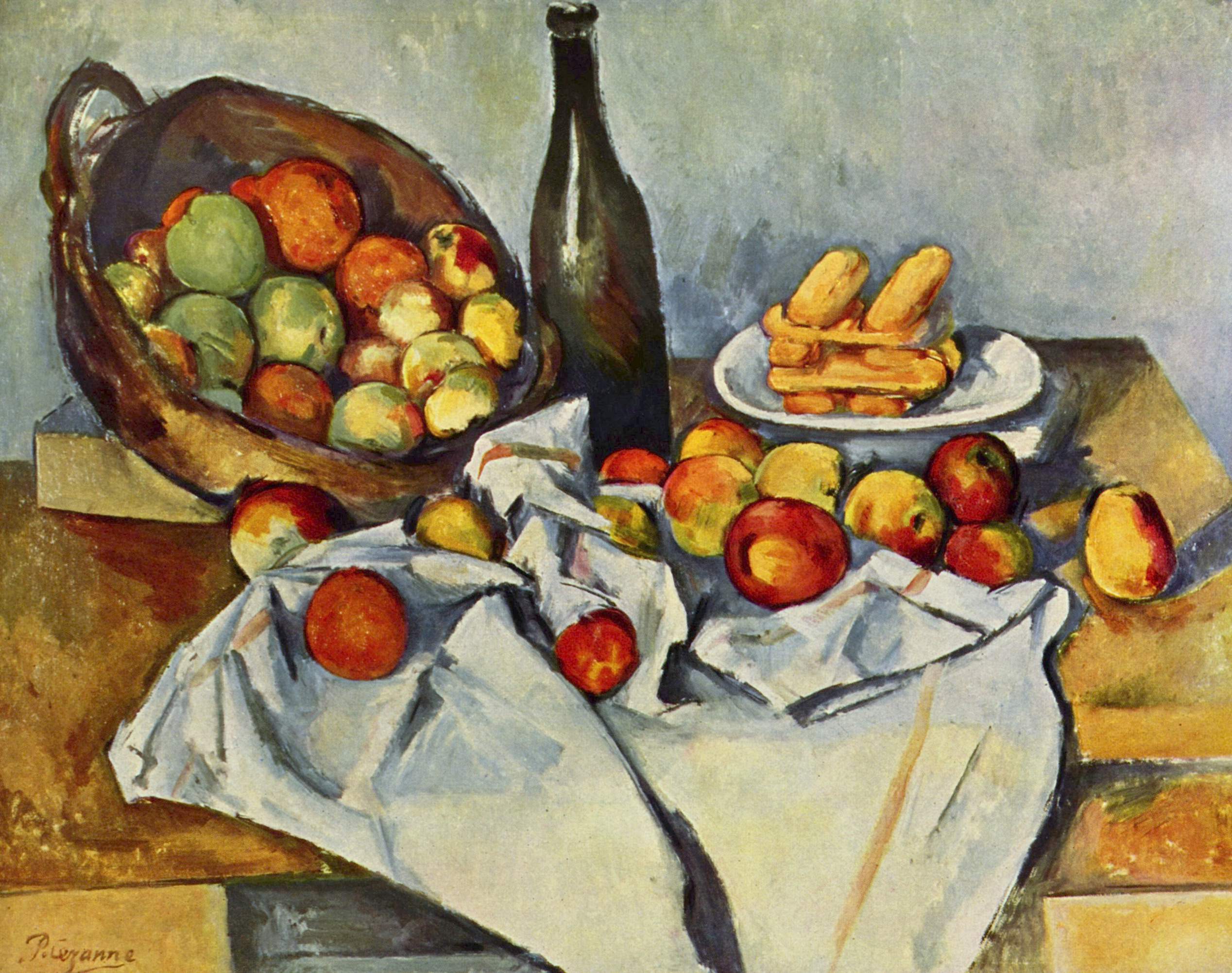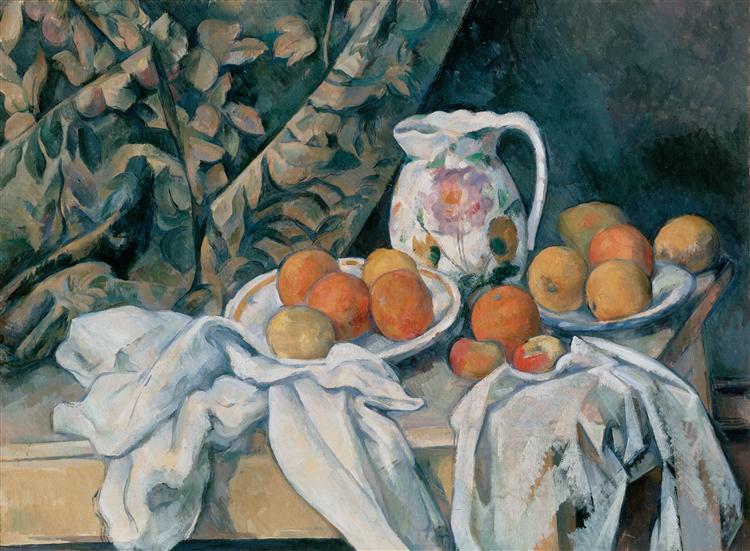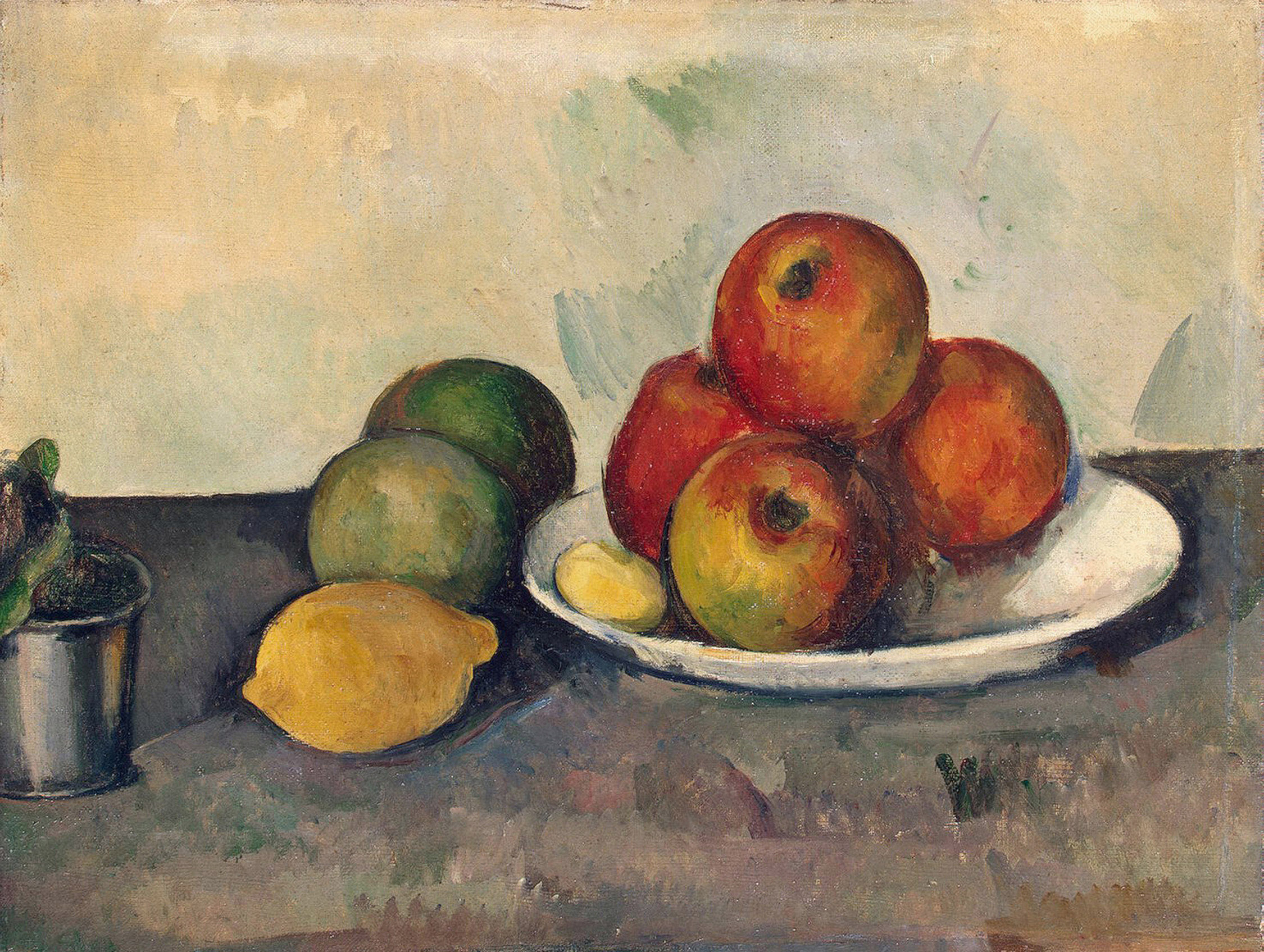Paul Cézanne was a French Post-Impressionist painter born in Aix-en-Provence in 1839 and died in 1906. His work is
considered one of the most important in the transition from 19th to 20th century art, and he is recognised for his
influence on the development of Cubism and modern painting.
Among the most outstanding characteristics of his work are his exploration of form and space in painting, his use of
pure and vibrant colours, and his interest in representing nature in an objective manner.

Throughout his career, Cézanne developed his own artistic style and approach, moving away from the dominant techniques and styles of the time. His works influenced artists such as Pablo Picasso and Georges Braque, who adopted his approach to form and space in their own work, laying the foundations for Cubism. Cézanne also influenced later artists such as Henri Matisse and the Fauves.
TRY SLIDING THE IMAGE
Among Cézanne's most notable works are "The Card Players", "Mont Sainte-Victoire", "The Great Bather" and "Still Life
with Apples". His legacy is still relevant today, and his work is studied and appreciated by experts and art lovers all
over the world.
Here are some interesting facts about Paul Cézanne:
- Although he is known as one of the fathers of modern art, Cézanne did not achieve fame until well into his career, in
the 1890s.
- Cézanne had a complicated relationship with his father, who initially did not approve of his decision to become an
artist. Despite this, his father eventually left him an inheritance that enabled him to continue painting throughout his
life.
- Cézanne was proud of his Provençal origins, and much of his work is inspired by the landscapes and light of the region.
- Although primarily known for his oil painting, Cézanne also worked in other techniques such as watercolour and
lithography.
- Cézanne liked to paint simple, everyday motifs, such as fruit and vegetables, but he also had a great interest in
depicting the human body and nature.


